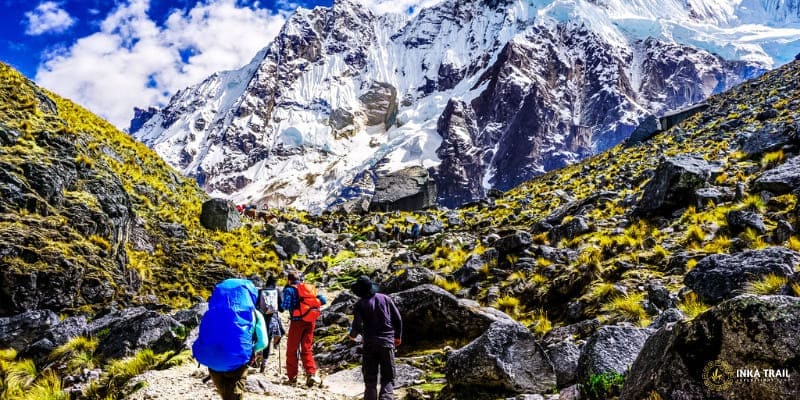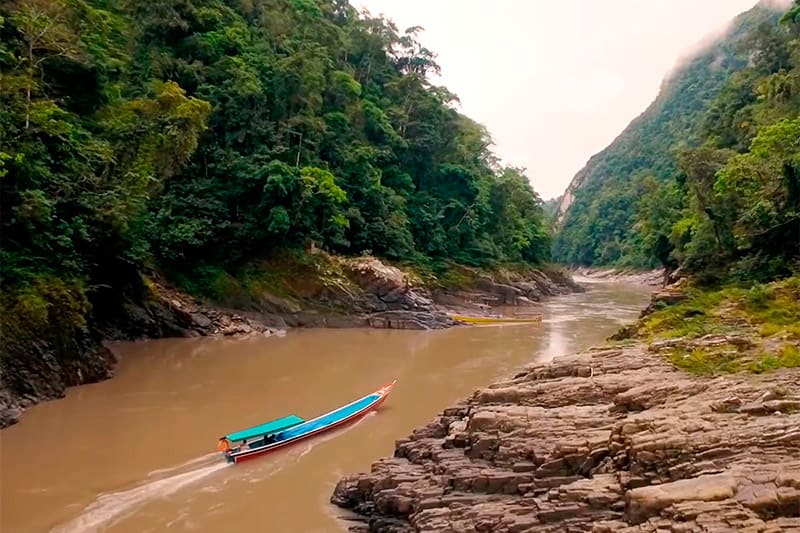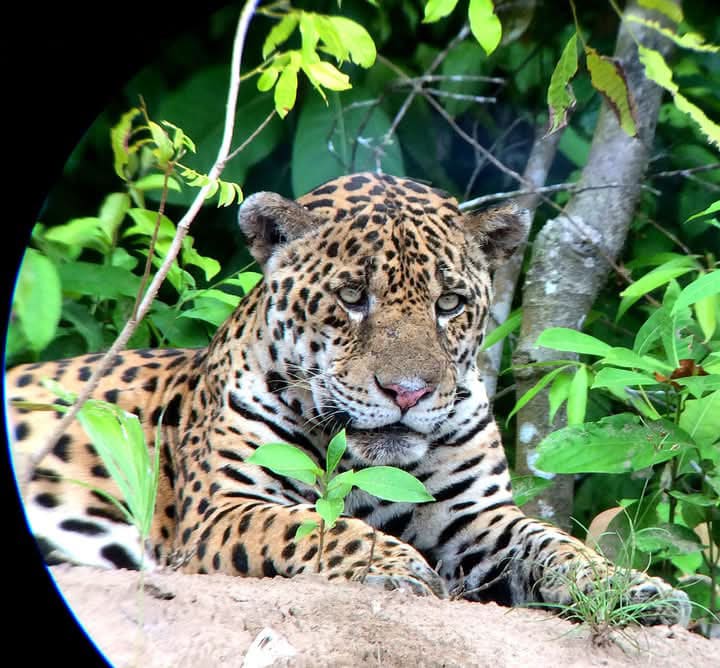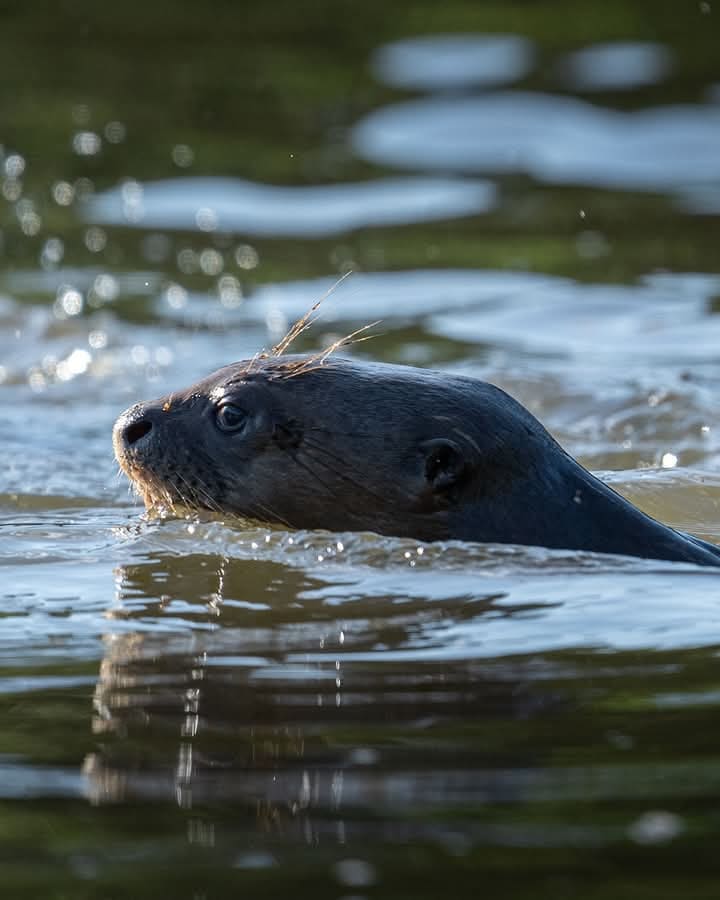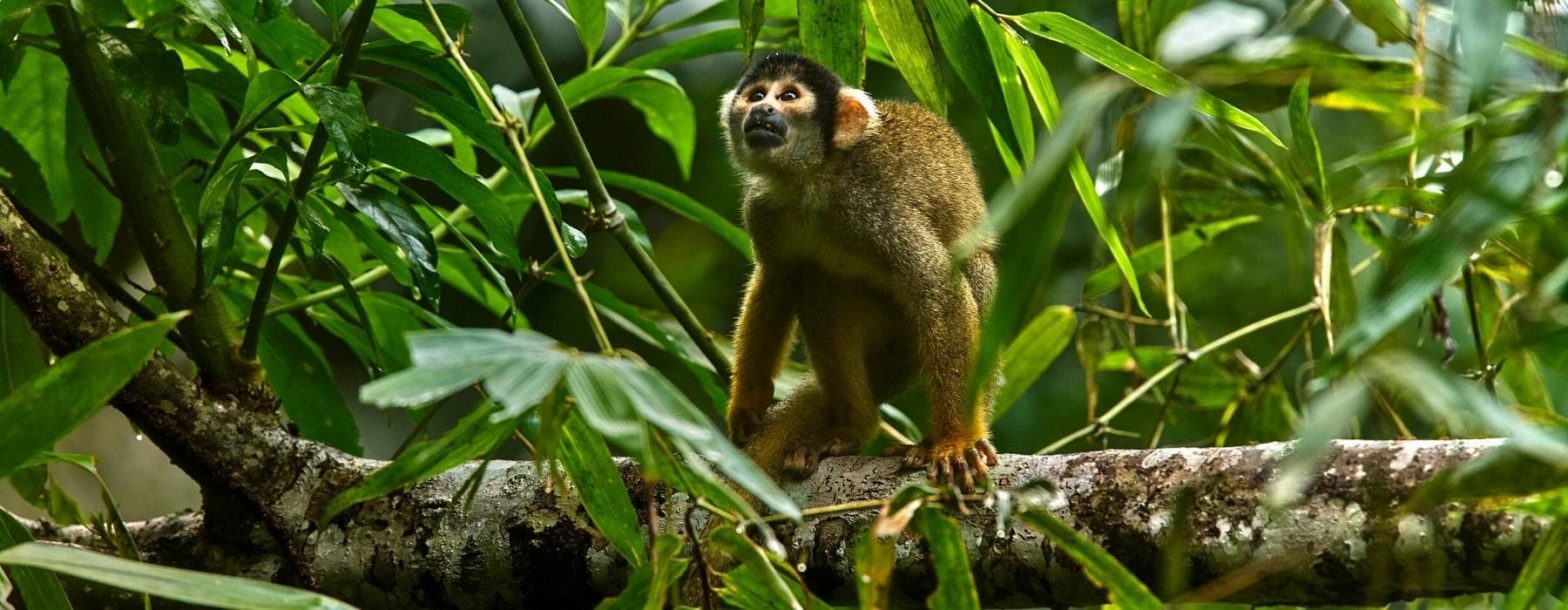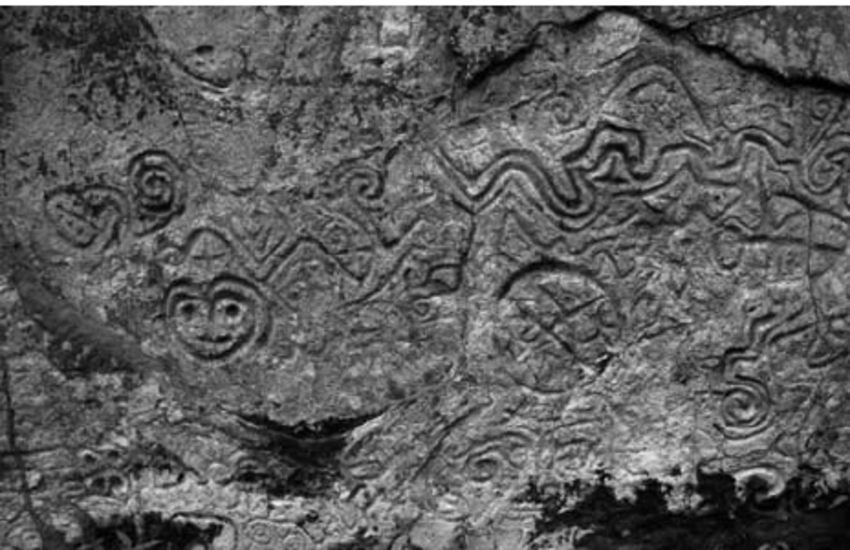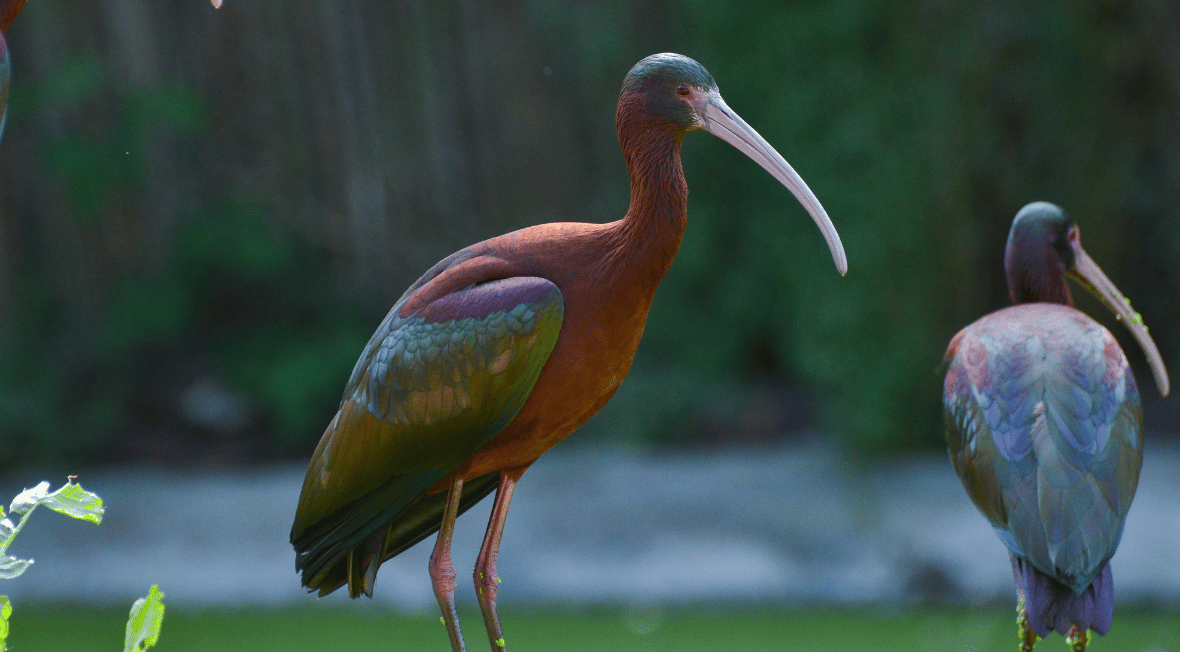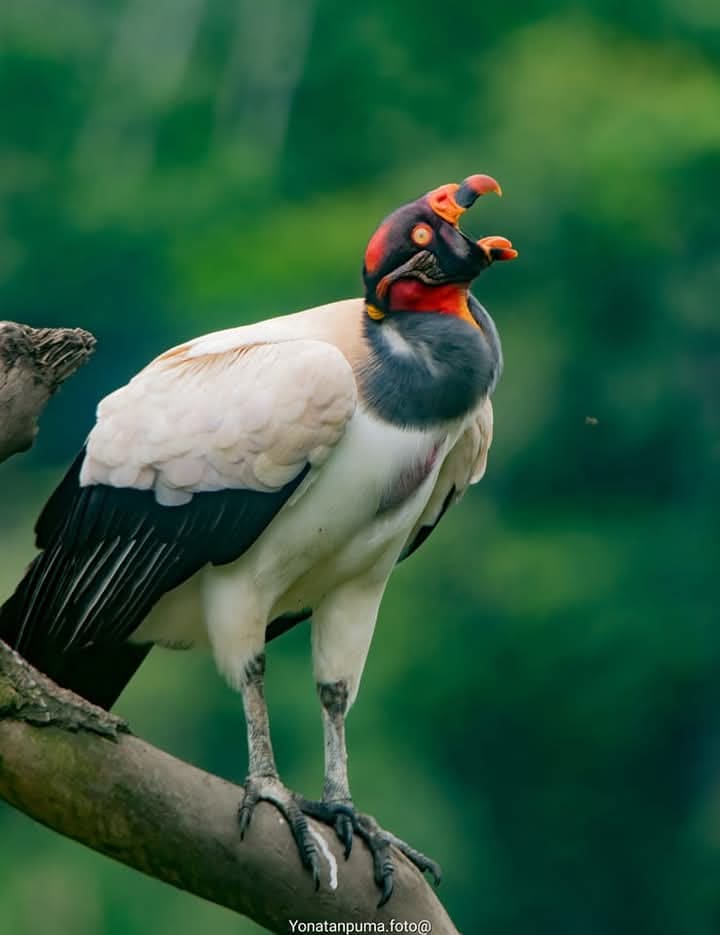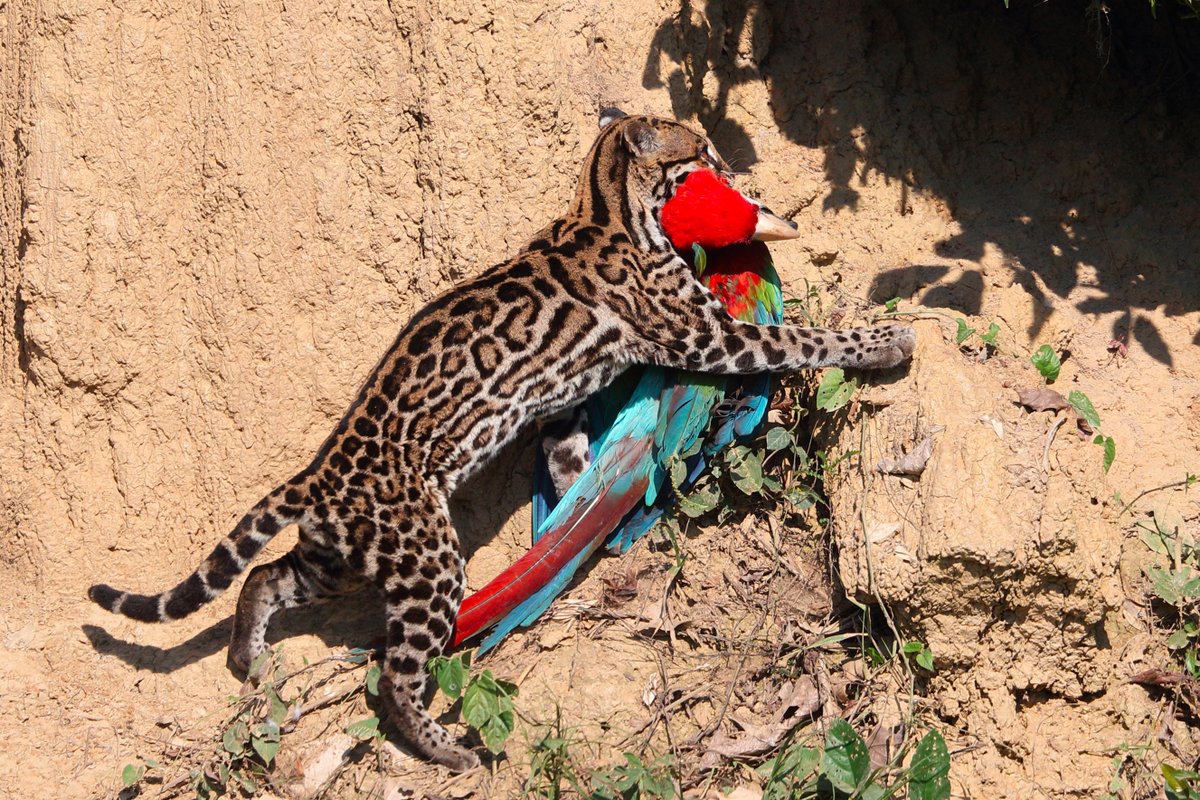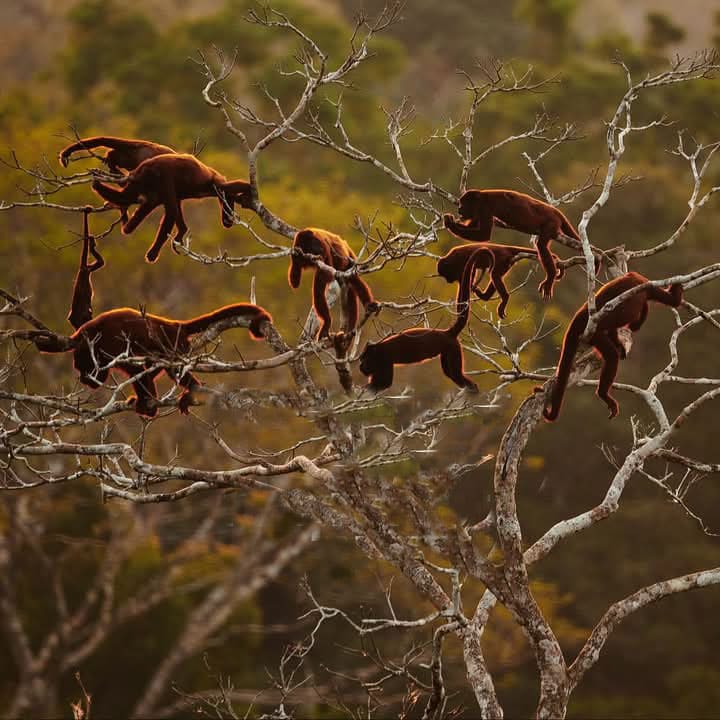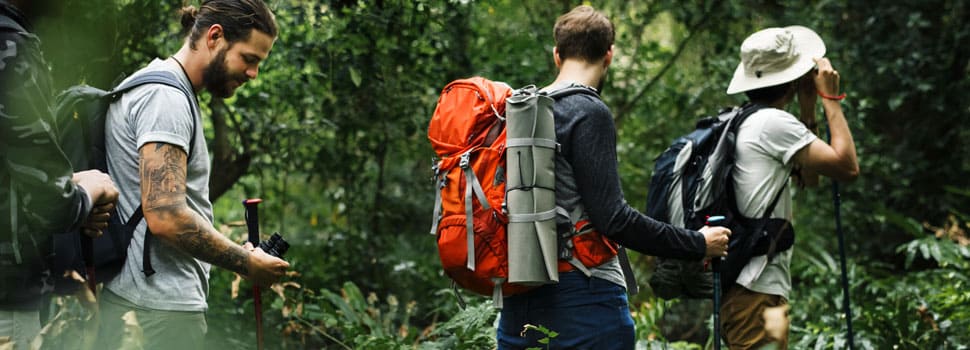Tours Guides Peru Travels
Tours Guides Peru Travels : Cusco is located in the central and southeastern region of Peru. It occupies
much of the Vilcanota mountain range, which plays a key role in its unique geography. The region’s diversity and
sudden changes in landscapes and ecosystems are primarily linked to the Andes mountain range. Without these
mountains, Cusco and Peru in general would be tropical regions.
Area
72,104 km²
Topography Tours Guides Peru Travels –
Cusco’s terrain is marked by the Eastern and Central Andes Mountain Ranges, which originate in the Vilcanota
knot.
The Central Andes are further divided into three sub-ranges: Vilcanota, Vilcabamba, and Paucartambo. The
Andean region features high-altitude landscapes such as plateaus, mesetas, and expansive pampas. These are
bordered by deep ravines and valleys carved by rivers like the Paucartambo, Urubamba, and Apurímac.
The High Jungle region offers a descent into diverse, lush vegetation with a warm, continental climate.
Climate in the Tours Guides Peru Travels .
Cusco experiences a varied climate due to its many different ecological zones.
In the lower altitudes (around 2,000 meters), the climate is generally warm.
In the Inter-Andean region, the climate is temperate.
Higher altitudes (above 3,700 meters) feature cooler temperatures.
Elevation
City of Cusco: 3,399 meters above sea level.
Lowest point: 532 meters above sea level (Pilcopata).
Highest point: 4,801 meters above sea level (Suyckutambo).
Boundaries in the Tours Guides Peru Travels
North: Adjacent to the jungles of Junín and Ucayali.
West: Bordered by the jungles of Ayacucho and the Apurímac mountain range.
South: Connected to the highland regions of Arequipa and Puno.
East: Borders the vast Amazon plain of Madre de Dios.
Distances & Access the Tours Guides Peru Travels
From Lima to Cusco: 1,153 km.
By road:
Lima-Arequipa-Cusco: 1,650 km (26 hours by car).
Lima-Nasca-Puquio-Abancay-Cusco: 1,131 km (20 hours by car).
Puno-Cusco: 389 km (7 hours by car).
By air: Regular flights from Lima (1 hour), Arequipa (30 minutes), and Puerto Maldonado (30 minutes) to Cusco.
By train: Regular service from Puno to Cusco: 384 km (10 hours).
CUSCO: MAIN TOURIST ATTRACTIONS – Tours Guides Peru Travels
Andahuaylillas
A picturesque village renowned for the Church of San Pedro de Andahuaylillas, built in the early 17th century.
Inside, you’ll find gilded altars, paintings, and murals from the Cusco School of Art, along with silver jewelry. The
village square is beautifully enhanced by Pisonay trees. A few kilometers further, you’ll reach Huaro, a village
historically inhabited by the shamans during the Inca period.
San Blas Neighborhood
Famous for being home to some of the most important artists in the region. Visitors can enjoy an amazing folk fair,
artisan stores, charming plazas, and stroll through narrow streets showcasing colonial architecture, including the
Church of San Blas, the oldest in the city. Here, you’ll also have the chance to experience local customs and savor regional food.
Tours Guides Peru Travels to the visit Maras
Tours Guides Peru Travel : This town boasts a magnificent church and grand houses adorned with the shields of
noble indigenous families, a reflection of its prosperous colonial era.
A must-see is the salt mines, which have been in operation since the Inca Empire.
Visitors can even participate in salt extraction, using techniques from ancient times. Additionally, the agricultural
terraces at Moray, an Inca agricultural laboratory, offer a blend of historical significance and stunning scenery.
From here, you can also visit the salt pans, a beautiful sight to behold.
Tours Guides Peru Travels to Ollantaytambo
Known as the “living Inca village,” Ollantaytambo retains much of its ancient mystique. Its intact Inca dwellings
and ecological diversity across multiple altitudinal zones take visitors back in time.
The Inca Bridge leading to Pachar and the grandiose stone terraces of the Ollantaytambo Fortress are impressive,
designed to protect the empire from a different angle.
Other nearby monuments, such as Mañaraucay, Incahuatana, and the Princess’s Baths, further enhance the area’s
historical charm.
The highlight of the town is its living tradition: the local people, dressed in traditional attire, share Inca myths,
legends, and customs, allowing visitors to connect with the ancient civilization. sacred valley tour
Tours Guides Peru Travels to Paucartambo
Located along the alternative route to Pisac, between Huancarani and Huambutío, Paucartambo is a beautiful
example of colonial Peru with deep Andean roots.
Its narrow, cobblestone streets are lined with charming blue balconies, adding to the town’s colonial allure.
CUSCO: MAIN TOURIST ATTRACTIONS
6. Paucartambo
Every July, Paucartambo celebrates one of the most spectacular festivals in the region: the Fiesta de la Virgen del
Carmen.
This event offers a vibrant celebration where you can dance with mask-wearers to the rhythm of comparsas and
processions in honor of the town’s patroness. Afterward, enjoy a refreshing bath and head to the Mirador de las
Tres Cruces for one of the most unforgettable sunrises in the world.
7. Piquillacta
Known as the “City of the Fleas,” Piquillacta was one of the most important centers of the Wari culture. The site
consists of various constructions designed to defend the territory and store agricultural products. Nearby, you’ll
find Laguna Lucre or Huacarpay, a peaceful spot rich with wildlife, where you can enjoy the landscape and regional
cuisine at local restaurants.
8. Tours Guides Peru Travels visit Pisac
Pisac, the gateway to the Sacred Valley of the Urubamba, is a charming town with colonial and mestizo features.
Immerse yourself in local customs and explore the traditional market filled with regional crafts. The colonial
church in Pisac hosts Mass in Quechua, with the presence of the Varayocs (local authorities). Prepare for a
challenging hike to the Pisac Archaeological Site, an important Inca fortress that once protected the empire’s
capital. The site features spectacular agricultural terraces, such as Qanturaquay, Amaru, Punku, Intihuanta (the
Inca sun dial), and Tanqanamanka, the largest pre-Columbian cemetery in South America.
9. Plaza de Armas -Tours Guides Peru Travels
Also known as Aucaypata (meaning “Plaza of the Warrior” in Quechua), the Plaza de Armas was one of the key
locations for Inca festivals like the Inti Raymi (Festival of the Sun). The square’s beauty is accentuated by its stone
arches, a result of Spanish colonial architecture.
10. Puca Pucara
Puca Pucara, which means “Red Fort” in Quechua, is named for the red hue the rocks take on during twilight. This
site, which once served as an administrative center, invites visitors to explore its terraces, staircases, and passages
—areas once traveled by mythic figures of the Inca Empire.
11. Qenqo
The most striking feature of Qenqo is the large carved stone block, believed to have been used to store chicha (corn
beer), a drink consumed during Inca rituals. As you enter the network of tunnels and underground galleries
adorned with Inca deities, you’ll reach a circular patio with a prominent stone (or Wanka) that may represent a
deity.
12. Sacsayhuaman
Located just 2 kilometers from Cusco, Sacsayhuaman is a military fortress constructed from perfectly cut granite
stones.
This fortress, which took over seven decades and the labor of 20,000 workers to build, is renowned for the
incredible precision of its construction. Its layout represents the head of a puma, the animal that symbolized
Cusco.
Notable features include the Rodadero (a natural rock formation) and the Inca Throne.
13. Urubamba
Situated in the heart of the Urubamba Valley, this town is surrounded by beautiful landscapes that define Peru’s
highlands. Urubamba was once a pre-Hispanic agricultural center.
Visitors can enjoy typical regional dishes at the town’s famous picanterías (traditional eateries) and explore its
countryside, with views of the imposing Nevado Chicón.
14. Yucay
Nestled within lush green valleys, Yucay offers visitors stunning views and a glimpse into the past with its colonial
church and the Palace of Inca Sayri Tupac, a rebellious leader of Vilcabamba. The town also features a temple
made of stone and adobe with intricate decorations in high and low relief.
15. Tipón
Located 25 kilometers from Cusco, Tipón is said to be one of the royal gardens built by the Inca emperor
Wiracocha.
The site features twelve terraces, finely polished stone walls, large agricultural terraces, canals, and waterfalls that
create an awe-inspiring landscape.
16. Limatambo
As mentioned in Pedro Cieza de León’s chronicles, Limatambo is famous for being the site of the fierce battle
between Diego de Almagro and the indigenous peoples before the Spanish entered Cusco. Today, Limatambo is
home to the Tarawasi Archaeological Complex, a remnant of the flourishing Inca period. Limatambo was also one
of the Tampu (resting places) on the four main routes leading to the Inca capital, Cusco.
17. Machu Picchu
Hidden by the passage of time, entangled between the charm of the jungle and the mountain, Machu Picchu holds
the mystery of a legendary empire within its walls and the labyrinth of its passageways.
This archaeological wonder of Peru and the world is considered a UNESCO World -Tours Guides Peru Travels
Heritage Site and was recently chosen as one of the New Seven Wonders of the World. Machu Picchu invites
visitors to explore its intricate and spectacular architecture, which remains one of the greatest mysteries of the
world.
Located on the left bank of the Vilcanota River, in the Kusichaca Valley, this spectacular structure sits atop Machu
Picchu Mountain, which means “Old Mountain” in Quechua. Facing it is the towering Huayna Picchu (Young
Mountain). Both mountains are surrounded by the rushing waters of the Urubamba River. The most remarkable
feature of this site is how harmoniously it blends with the surrounding natural environment, a rare effect seen in
few human-made works.
18. Choquequirao
Located in the Cusco Region, Choquequirao consists of nine distinct sectors, with notable features such as:
The religious center, with its system of fountains and aqueducts.
A group of covered structures.
The religious nature of this site is evident throughout the complex, which is arranged around a large open space or main plaza.
It is complemented by a well-preserved system of agricultural terraces (andenes).
The archaeological remains are scattered across the descending slopes of Choquequirao Mountain, grouped in
small districts separated by a considerable distance. The layout suggests a focus on social hierarchy and the fusion
of different cultural groups.
The residential sector is located on the lower slopes,
while the agricultural terraces are found along the mountain’s sides. Some of these terraces had irrigation channels
and were used year-round, while others appear to have been used seasonally.
The ceremonial sector is located in the main plaza area, while the upper sections of the site feature a series of
sophisticated buildings.
Discover the Peruvian Amazon: Unique Tours in the Heart of the Rainforest
Embark on a unique experience: Unforgettable Adventures in the Peruvian Amazon Are you ready to explore the
largest rainforest in the world? Tours through the Peruvian Amazon offer you the opportunity to experience a
unique connection with nature, while learning about biodiversity, local cultures, and the importance of conserving
this invaluable ecosystem.
Experience the Ese Eja Culture in Infierno: An Authentic Encounter with the Native Community Immerse yourself
in the traditions and customs of the Ese Eja community in Infierno. Discover their stories, rituals, and the deep
respect for the rainforest that defines their way of life. A unique cultural experience that will allow you to connect
with the ancestral richness of the Amazon.
Become a Citizen Scientist: Participate in Live Research Projects Join the cause of rainforest conservation as a true scientist.
Participate in biodiversity research, where you can collaborate on real projects that directly impact the
preservation of the Amazon ecosystem. Make history while learning and contributing to the future of the Amazon!
Capture the Magic of Nature: Photography Expeditions in the Amazon The Peruvian Amazon is a paradise for
photography lovers. Join our guided expeditions and enjoy walks through the rainforest, where you can capture
spectacular images of the flora and fauna that inhabit this unique ecosystem. Bring home visual memories that will
stay with you for a lifetime!
Adventures Without Limits: Cycling and Exploration in the Rainforest If you’re an adventurer at heart, don’t miss
our exciting cycling and jungle exploration activities. Enjoy the challenge of cycling through the rainforest while
facing a natural environment full of surprises. Awaken your explorer spirit!
Tropical Biology Studies and Workshops:
Discover the Secrets of the Amazon Join our study trips and interactive workshops. Learn from expert biologists
about the rich biodiversity of the Amazon and gain a deep understanding of the vital role this rainforest plays in
global ecological balance.
Family Adventure in the Jungle: Connecting Youngsters with Nature If you’re looking for a family experience, our
tours are designed for all ages. Foster a love for nature in the youngest members while exploring the secrets of the
Peruvian Amazon together. An educational and fun adventure for everyone














